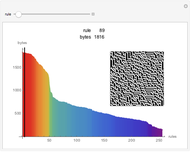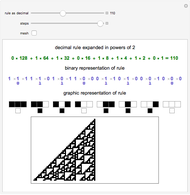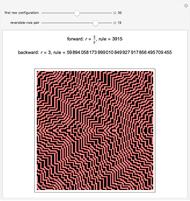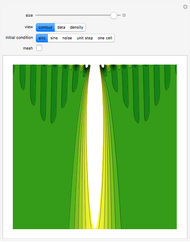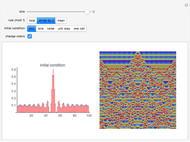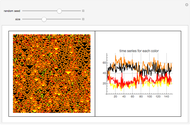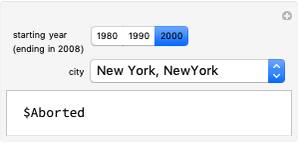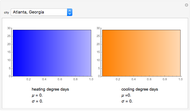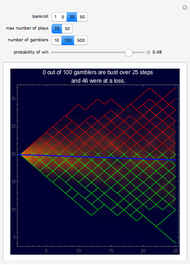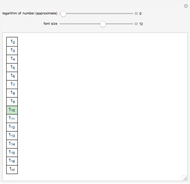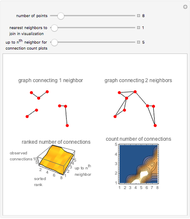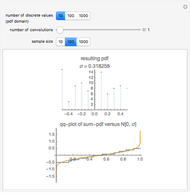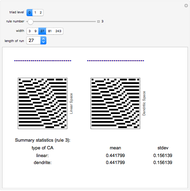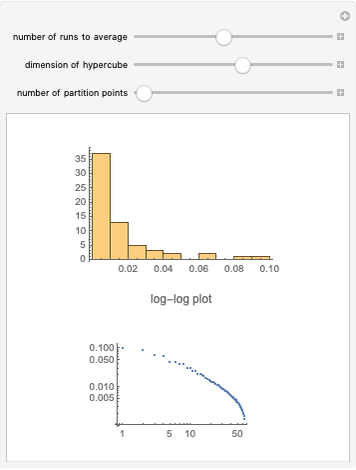Cellular Automaton Rules on Dendrites

Requires a Wolfram Notebook System
Interact on desktop, mobile and cloud with the free Wolfram Player or other Wolfram Language products.
This is an exploration of cellular automaton rules in fractal spaces. It is a simple example using dendrites to generate fractal spaces, where each cell has either one, two, or three neighbors. At the intersections (three neighbors) the standard enumerated (0-255) rules are combined to take a best two out of three to assign that cell. For the most part, the sequences on the dendritic spaces converge to order more quickly than those on the linear spaces. There are some interesting discrepancies in long-term averages and variances of cell values.
Contributed by: Jim Gerdy (March 2011)
Open content licensed under CC BY-NC-SA
Snapshots
Details
Note that the cellular automaton rules are applied using the CellularAutomaton function, but in a nonperiodic form. The ends are padded with zeros on both ends and then the padding cells are dropped. So the rules are applied with a kind of absorbing barrier for the cells with one neighbor (end cells).
Permanent Citation
"Cellular Automaton Rules on Dendrites"
http://demonstrations.wolfram.com/CellularAutomatonRulesOnDendrites/
Wolfram Demonstrations Project
Published: March 7 2011







